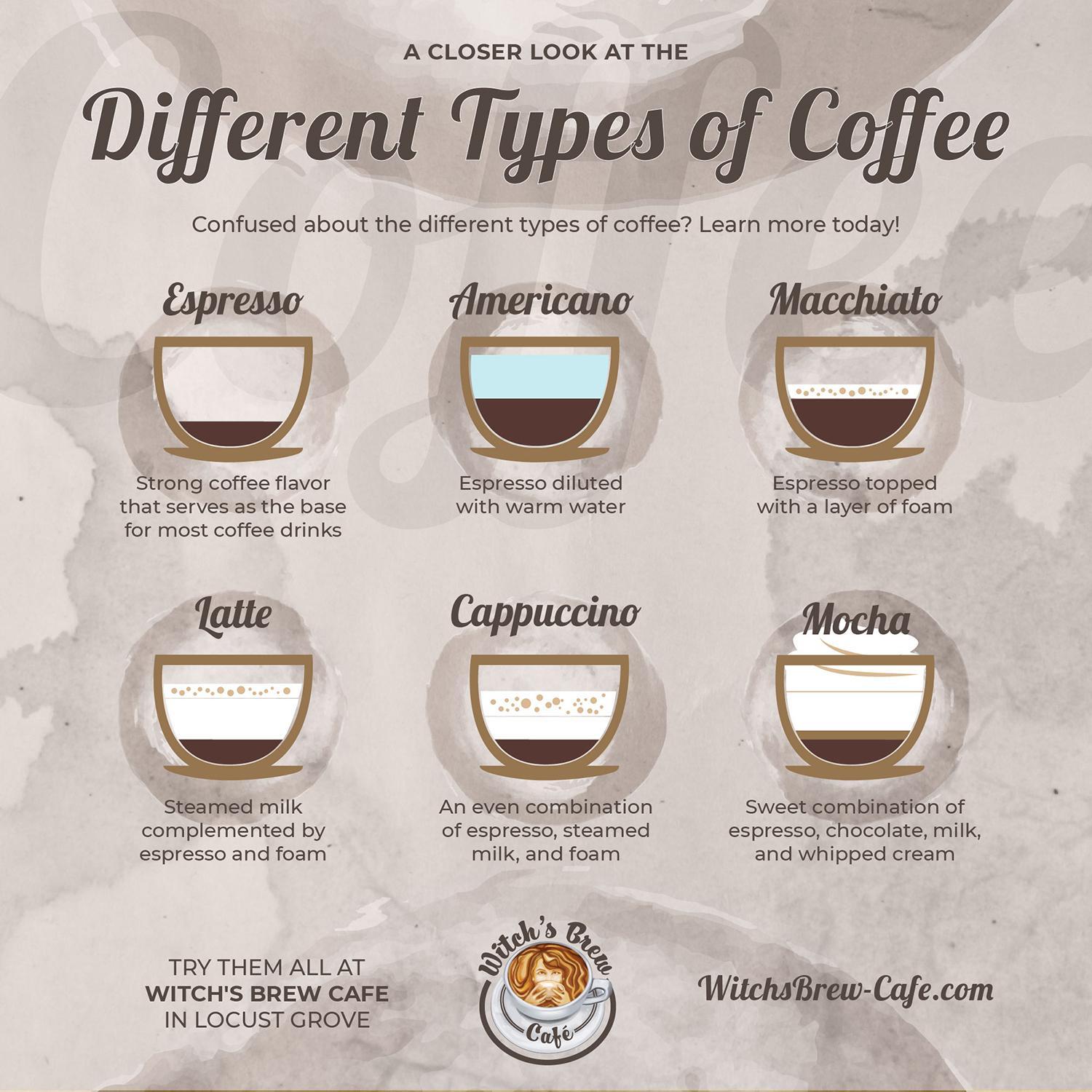Coffee and espresso are beloved beverages across the globe, often confused due to their shared origin—coffee beans. However, differences in brewing methods, grind size, flavor profiles, and caffeine content set them apart significantly. This guide dives into these distinctions, helping you choose the perfect brew to suit your taste and lifestyle. Uncover the advanced capabilities of the Philips 5500 LatteGo review
Brewing Methods: How Coffee and Espresso Are Made
The brewing process is the most striking difference between coffee and espresso. The technique impacts the flavor, texture, and overall experience of each beverage. Get a closer look at the features of the Philips 5400 LatteGo review
Brewing Coffee: Slow and Steady Wins the Race
Standard coffee is typically made using methods such as drip brewing, pour-over, or French press. These techniques use coarser coffee grounds and take several minutes to extract the flavors. This method produces a mild, smooth cup that’s perfect for leisurely mornings or relaxing afternoons. Explore our top picks in the Best Automatic Espresso Machine review
Brewing Espresso: Fast and Intense
Espresso, by contrast, is prepared under high pressure. Hot water is forced through finely ground coffee at about 9 bars of pressure, resulting in a concentrated shot within 25-30 seconds. The outcome is a rich, bold beverage with a velvety crema on top, ideal for those seeking a quick and robust coffee experience. Find the perfect machine to beat the heat in the Best Iced Coffee Maker review

The Role of Grind Size in Flavor Extraction
Grind size is crucial in achieving the desired flavor and consistency, varying significantly between coffee and espresso. Dive into the best options for making lattes in the Best Latte Maker review
Coarse Grounds for Gentle Coffee Extraction
Coffee brewing methods like French press or pour-over require a coarser grind. This grind allows for even flavor extraction over a longer period, avoiding over-extraction and bitterness. The result is a smooth and balanced cup.
Fine Grounds for Concentrated Espresso
Espresso calls for a fine, almost powdery grind. This texture ensures that hot water, under pressure, can extract the coffee’s robust flavors quickly and efficiently. Coarser grounds would result in a weak, under-extracted shot.
Flavor Differences: Subtle Nuances vs. Bold Complexity
The flavor profiles of coffee and espresso are distinct, reflecting their preparation methods.
Coffee: Light and Nuanced
Coffee offers a spectrum of flavors, influenced by the brewing method and the coffee beans. From floral and fruity notes to rich and earthy undertones, its slower extraction process highlights subtle nuances. This makes coffee ideal for those who enjoy a delicate and mellow beverage.
Espresso: Rich and Intense
Espresso delivers a more concentrated and complex flavor. The rapid brewing process intensifies its taste, revealing bold notes ranging from chocolatey and nutty to fruity or slightly bitter. This makes it the perfect choice for those seeking a strong, impactful coffee experience.
Comparing Caffeine Content
The caffeine levels in coffee and espresso are often misunderstood. While espresso tastes stronger, the actual caffeine content depends on the serving size.
Espresso: Small but Mighty
A single espresso shot (about 1 ounce) contains approximately 63 milligrams of caffeine. While this is a high concentration for its size, the smaller serving means less overall caffeine compared to coffee.
Coffee: A Bigger Boost
An 8-ounce cup of coffee typically has around 95 milligrams of caffeine. The larger serving size provides a steady, prolonged caffeine boost, making it a better choice for those seeking sustained energy.
Crema: The Signature of Espresso
Espresso is uniquely crowned with crema—a golden, velvety foam created by the high-pressure brewing process. Crema enhances the aroma, flavor, and texture of the drink, elevating the espresso experience. Standard coffee, brewed at lower pressure, lacks this feature and has a thinner texture overall.
Espresso’s Role in Specialty Beverages
Espresso serves as the base for a variety of popular coffee drinks, offering versatility beyond a simple shot.
Popular Espresso-Based Drinks
- Lattes: A mix of espresso, steamed milk, and a light layer of foam.
- Cappuccinos: Equal parts espresso, steamed milk, and foam.
- Macchiatos: Espresso topped with a dollop of foam or milk.
- Americanos: Espresso diluted with hot water for a milder taste.
In contrast, coffee is primarily enjoyed black or with milk and sugar, and is less commonly used as a base for specialty drinks.

Conclusion: Making Your Choice: Coffee or Espresso?
Both coffee and espresso have their merits, and the choice between them depends on your preferences and lifestyle.
Choose Coffee If:
- You enjoy a lighter, smoother flavor.
- You prefer sipping a larger cup at a leisurely pace.
- You need a steady and prolonged caffeine boost.
Choose Espresso If:
- You crave a bold, concentrated flavor.
- You want a quick, intense caffeine kick.
- You love experimenting with specialty drinks like lattes and cappuccinos.
Ultimately, there’s no definitive winner. Both coffee and espresso offer unique experiences that can be enjoyed depending on your mood and needs.
Frequently Asked Questions
Is espresso stronger than regular coffee?
Espresso is stronger in flavor per ounce, but an entire cup of coffee contains more caffeine due to its larger size.
Can I use regular coffee grounds for espresso?
No, espresso requires finely ground coffee to achieve proper extraction.
What is crema in espresso?
Crema is the golden foam atop an espresso shot, formed by the high-pressure brewing process. It enhances the flavor and texture of the drink.
Which has more caffeine: espresso or coffee?
A single espresso shot contains about 63 milligrams of caffeine, while an 8-ounce cup of coffee has roughly 95 milligrams.
Can espresso be used to make other coffee drinks?
Yes, espresso serves as the foundation for many beverages, including lattes, cappuccinos, and Americanos. Its bold flavor pairs well with milk and other ingredients.
